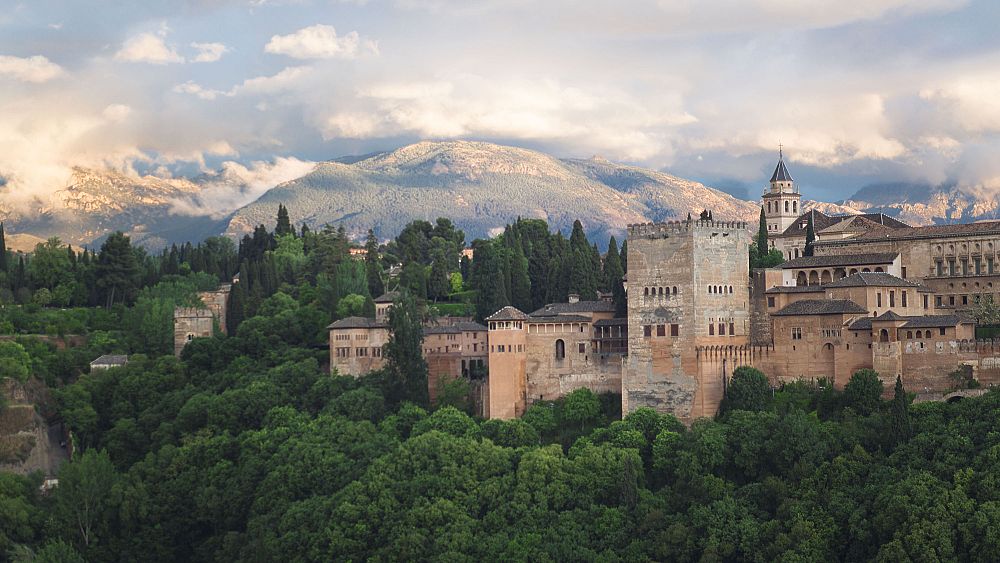Granada lies at the foothills of the Sierra Nevada and is an impressive example of the mix of cultures that have made Andalusia what it is today. Its impressive monuments and labyrinthine streets made it so famous that the Spanish writer Pedro Antonio de Alarcón asked: “Who has not heard of Granada and admired it without even visiting it?”
If you decide to visit the city, you should first visit the quarter with the white houses and cobblestone streets: The Albaicín is the oldest district of Granada and convinces with a dense network of narrow streets that lead to hidden yet impressive squares. However, the houses are even more impressive – in addition to palaces, there are also large old buildings and churches. Water is a constant companion. Granada was built in a place where four rivers converge. The water flows from the springs to groves, in cisterns and in Cármenes, houses with unique gardens.
The Albaicín not only borders the Darro River, a wooded area, the old Sephardic quarter and the nostalgic Paseo de los Tristes, but also the al-Sabika hill. This is where Granada’s most famous and breathtaking sight is located: the Alhambra. The palace complex and the Generalife Summer Palace are enthroned against the backdrop of the Sierra Nevada peaks above the city. The stucco work of the Alhambra attests to the superb Andalusian craftsmanship and the long history of the complex, which has transformed from a citadel to a fortress and ultimately the home of the Nasrid sultans, their functionaries and elite soldiers. The palace of Charles V, however, which houses the Alhambra Museum and the Museo de Bellas Artes de Granada, shows more Renaissance influences.
The architecture of the Alhambra blends effortlessly with the surrounding forests, gardens and groves and magically transports you back to the age of its construction. The area with the Alhambra, Generalife and Albaicín has been named a UNESCO World Heritage Site because of its unique craftsmanship and great historical importance.
From two places in the city you have an excellent view of the Alhambra: from the Mirador de San Nicolás in the Albaicín and from the Sacromonte quarter on a hill. There you can also learn more about the Roman and Iberian origins of the district and discover the Muralla Zirí, the city’s oldest fortification wall, which dates back to the Garnata settlement period.
From these vantage points, Granada shows itself to everyone as a radiant, bright city whose history and secrets are waiting to be discovered. The beauty of the streets, sights and landscapes will delight travelers in search of discovery, nature and active tourism.
– .


